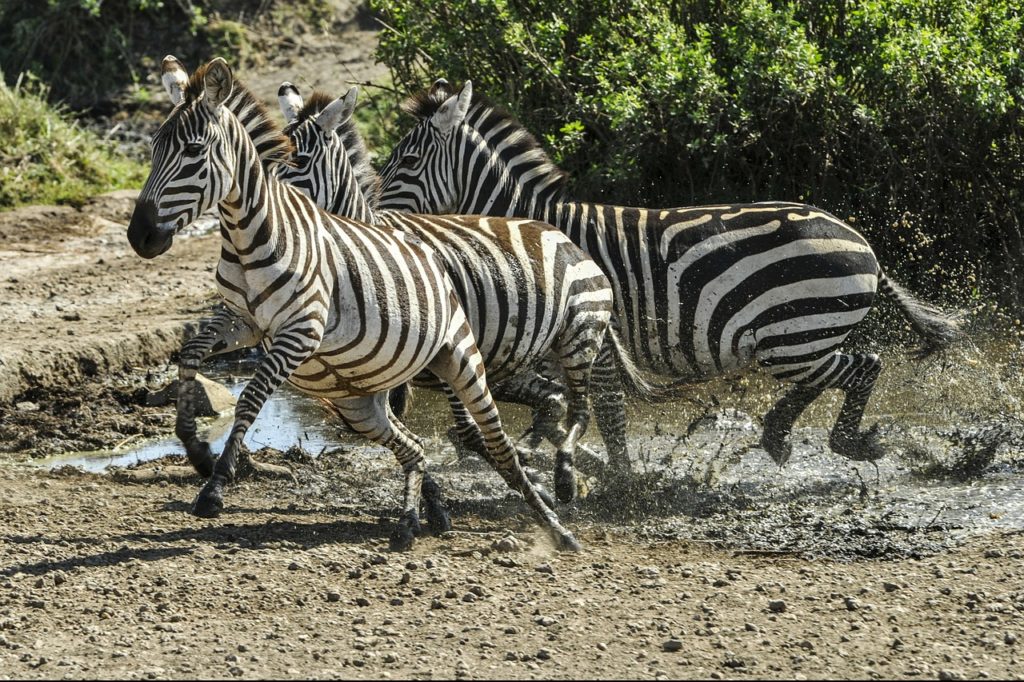This post is inspired by Lesson 8 of The Lift Project, a cutting-edge depression and anxiety program. Developed by lifestyle medicine expert Darren Morton, Ph.D., the program is used by companies and groups. Click here to learn more.
“The only way to avoid being miserable is to not have enough leisure time to wonder whether you are happy or not.”
– Sir George Bernard Shaw –
Main point: Rest to feel your best
As you may recall from this blog post, the limbic system is the part of the brain involved in emotion and action. What affects your limbic system changes how you feel–happiness, sadness, anger: each emotion springs from this brain region.
Stress clearly involves the part of our brain responsible for feelings–the Limbo. After all, we say “I feel stressed!”
Interestingly, stress affects all the other functions of the limbo–motivation, memory and many automatic bodily processes.
Initially, stress increases our motivation–it causes us to go. go. go. until we can’t go anymore, after which we are too tired to do anything. This is a bit like the difference between anxiety and depression: anxiety occurs when you are distressed but trying to do something about it. Depression is when you are distressed but have given up trying to do something about it.
Turn down the heat. Open the valves
When it comes to managing stress, there are two things that you can do: turn down the heat by taking less on; open the valves to relieve the pressure. Certainly, eliminating sources of stress by saying “no” to some things, lowering your expectations and not overcommitting can go a long way toward decreasing stress in your life–it can turn down the heat. We cannot always turn down the heat, but we can always adjust the valves!
 SMILERS for de-stressing
SMILERS for de-stressing
In his book on stress, Why Zebras Don’t Get Stomach Ulcers, stress researcher Robert Sapolsky makes the point that zebras do a lot right when it comes to managing stress.
Zebras use the SMILERS approach to send their Limbos calming–or at least not distressing–messages. So, let’s learn from the zebra.
Speak positively
To the best of our knowledge, zebras don’t wake up in the morning and immediately say to themselves, “I bet the lions are hungry today! It’s been a couple of days since old Black Ears got taken. I have a bad feeling about it. Ahhh, this is bad, really bad! I’m a dead zebra walking!” Zebras don’t greet the day with that kind of negative talk.
But do you? How often do you find yourself saying to yourself and others, “I’ve got to do this and that, and this went wrong, and this will probably go wrong, and there is not enough time in the day, and…?
Studies show that how you speak definitely influences your stress levels, so be intentional about speaking positively. Practice the following: “I can get through this”: It will be OK”; “Just one step at a time.”

Move Dynamically
After a zebra has just outrun a lion–lions give up pretty easily–you will notice something remarkable. The zebra will watch for a moment, then as the lion strolls back to its base, the zebra will put its head down and go back to its lunch. Can you believe it? It has just run for its life and then it does not appear to be stressed at all.
Remember that the stress response has designed to enable us for fight or flight. All smart–and living–zebras choose the flight option when it comes to the lions. Essentially, the stress response gears us to do something physically active, like fighting and fleeing.
Here’s the interesting thing. By doing something active, the stress response dials down. Exercise “burns off” the stress. Exercise uses up what the stress response equips us to do. For the zebra, it is the act of running for its life that allows it to calm down and return to the important business of eating grass.
Instead of sitting in our stress, we need to move dynamically. Just one bout of exercise is enough to bring down your blood pressure. Doing something physically active is one of the best ways to open the valves when the pressure mounts.
Stay in a Positive Physical and Social Environment
Zebras spent time in bright, sunny natural environments where there is plenty of blue and green. They are also social creatures that stay close and connected without the use of social media. They have close-knit family units–they know that together feels better!

Look to the Positive
While we can’t be certain, zebras don’t seem to worry. They don’t spiral down into negative thinking. While worry accounts for so much mental anguish, about 90% of what we worry about never actually happens. Worry spends today’s energy on tomorrow, which is unproductive, exhausting and stressful.
A psychologist once said, “if and when it happens, you’ll have plenty of time to worry about it then.”
An increasingly popular activity used today to pull you into the “now” is the practice of mindfulness.
Mindfulness is an ancient art that involves giving your attention to the present moment–being more aware. Mindfulness involves giving more attention to what is happening now as compared to then.
Harvard researchers have found that “a wandering mind is an unhappy mind.” They found that “staying in the moment” was associated with greater happiness, even when the mind-wandering took the person to a more pleasant place.
Mindfulness activities relieve stress and anxiety and increase happiness.

Eat Nutritiously
 In case you haven’t noticed, zebras eat nothing but high fibre foods–grass.
In case you haven’t noticed, zebras eat nothing but high fibre foods–grass.
You don’t have to eat grass, but there is evidence that a diet rich in plant foods helps manage stress!
Unfortunately, we don’t tend to reach for broccoli when we’re feeling anxious. Instead, we tend to turn to “comfort foods” like desserts that, ironically, actually increase our inflammation and cortisol levels.
Rest Well
Have you ever seen a zebra take a sleeping pill? Me neither. Sleep manages our stress levels.
Zebras are in touch with their natural biological rhythms; they sleep when the sun goes down, wake when the sun comes up. Humans tend to thrive when they do so as well. At the very least, a six-day work and one-day rest cycle tends to result in health and wellbeing benefits.
To borrow an analogy from Steven Covey, author of The 7 Habits of Highly Effective People, taking time to rest is like taking time to sharpen the saw. Trying to cut through life with a blunt blade is unproductive. Taking time out to sharpen the saw can allow you to achieve more in less time.
In other words, what can you do to sharpen your saw?
Take time to rest and your “go time” will be higher quality and more productive.
Putting it Into Practice
Laugh Out Loud: LOL!
Laugh out loud! Every day, seek out something or someone that tickles your funny bone. Create a playlist of funny short video clips or take a second to crack a joke.
Sit in Silence
Take 10 minutes each day to sit in silence and be mindful. Slow down. Breath deep. Become aware of bodily sensations and the sounds around you.
Pick a Rest Day
Take a digital “day off” each week. Turn off all electronic devices. Connect with family and friends. Cook a meal. Take a hike. No work–don’t even think about it!
Stress less
RECAP: Life is stressful. While it is sometimes difficult to turn down the heat, you can get better at opening the valves to relieve the pressure. In this regard, zebras can teach us a lot about using the SMILERS principle for relieving stress. Speak positively, move dynamically, immerse yourself in an uplifting environment, llaugh often, and slow down.
Check it Out
- Dr. Shauna Shapiro’s pioneering TED Talk on “The Power of Mindfulness” draws on modern neuroscience and ancient wisdom to demonstrate how mindfulness can help us make positive changes in our brains and our lives.
- Lifehacker’s article on 15 ways to practice positive self-talk for success.
